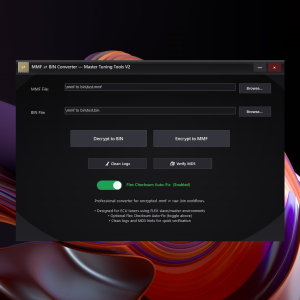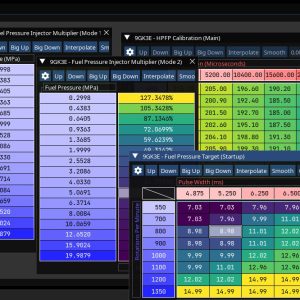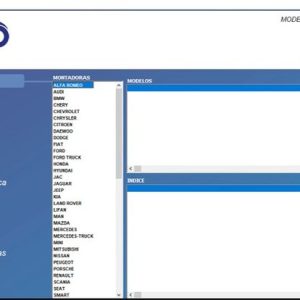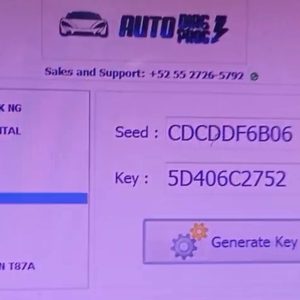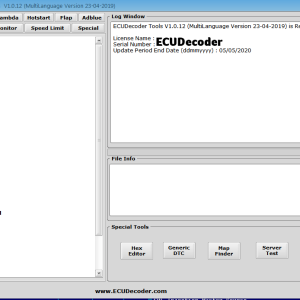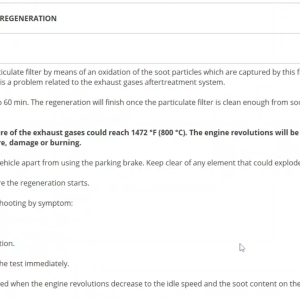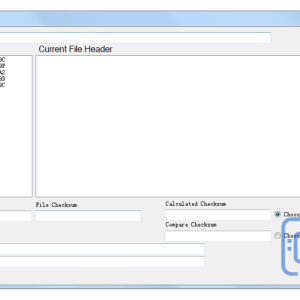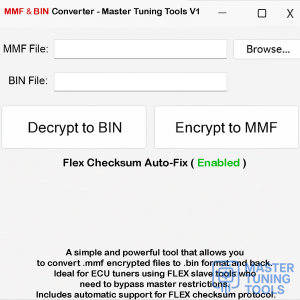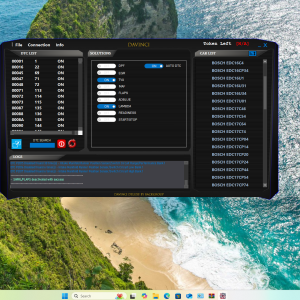Flash Memory Layout in Automotive ECU Tuning ⚙️🚗
In the realm of ECU remapping and chip tuning, a comprehensive understanding of flash memory layout is essential. This knowledge allows tuners to effectively modify vehicle performance by accessing and altering the data stored within the ECU. This article explores the structure of flash memory in automotive ECUs, its significance in tuning, and practical examples.
What is Flash Memory? 🔧
Flash memory is a type of non-volatile storage that retains data even when power is turned off. In automotive applications, it is primarily used to store firmware and calibration data for the ECU.
Structure of Flash Memory Layout 📊
The flash memory layout in an ECU typically consists of several key sections:
- ➡️ Bootloader: The initial code that runs when the ECU powers up, responsible for loading the main firmware.
- ➡️ Main Firmware: The core software that controls engine functions and vehicle performance.
- ➡️ Calibration Data: Parameters that can be modified to enhance performance, such as fuel maps, ignition timing, and boost pressure.
- ➡️ Diagnostic Data: Information used for troubleshooting and error detection, including DTCs (Diagnostic Trouble Codes).
Importance of Flash Memory Layout in Tuning 🚀
Understanding the layout of flash memory is vital for effective ECU tuning for several reasons:
- ✅ Access to Key Parameters: Knowing where specific data is stored allows tuners to make precise adjustments.
- ✅ Risk Mitigation: Understanding the memory structure helps prevent accidental corruption of critical data.
- ✅ Enhanced Performance: Targeted modifications can lead to significant improvements in vehicle performance.
Popular Tuning Tools for Flash Memory Access 🛠️
Several tools are designed to facilitate access to flash memory for tuning purposes:
- ➡️ KESS3: A versatile tool for OBD tuning that supports a wide range of vehicles.
- ➡️ FLEX: Known for its comprehensive ECU support and advanced features.
- ➡️ CMDFlash: A reliable choice for reading and writing flash data in various ECUs.
Each of these tools provides unique functionalities that can help tuners efficiently modify flash memory layouts for optimal performance.
Conclusion 🔍
Understanding the flash memory layout in automotive ECUs is critical for successful remapping and tuning. By familiarizing yourself with the structure and utilizing the right tools, you can unlock the full potential of vehicle performance. Explore our range of tuning tools at mastertuningtools.com to enhance your ECU tuning capabilities!

